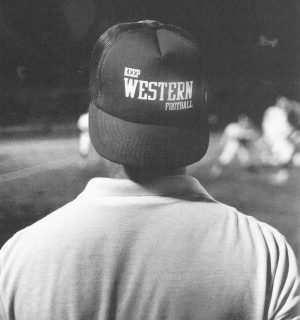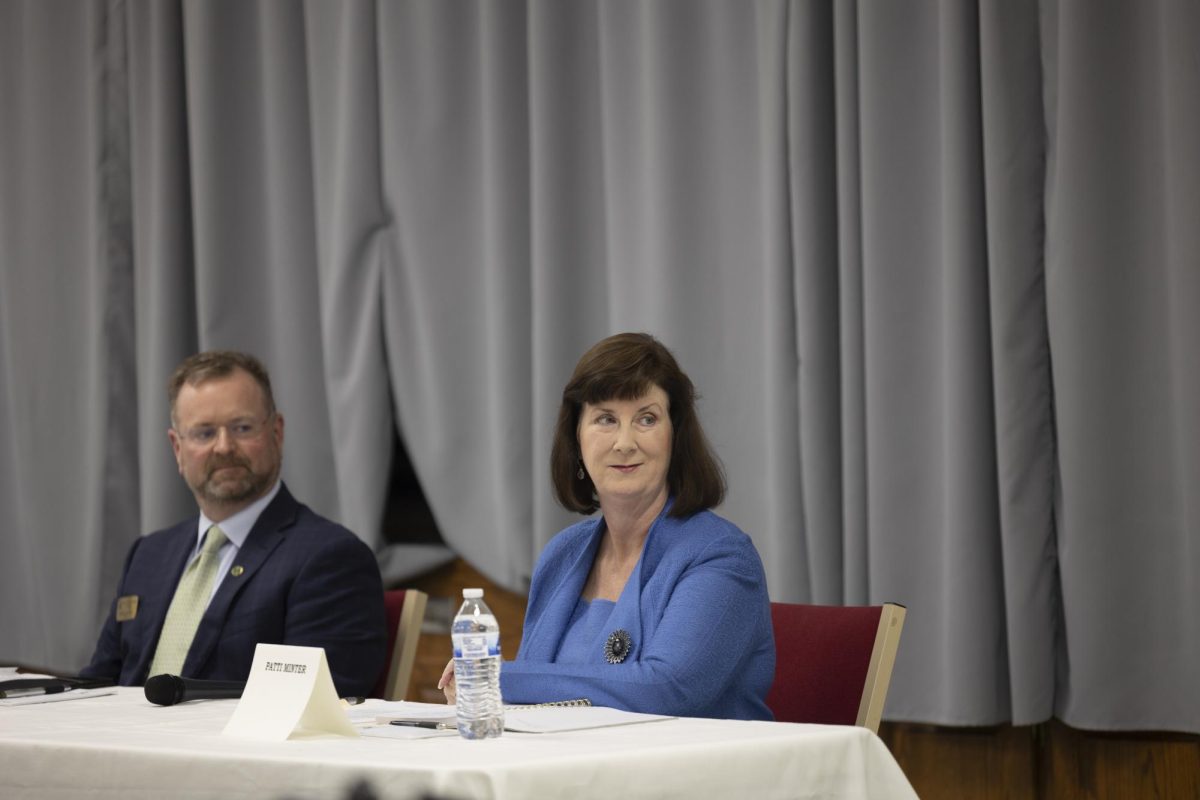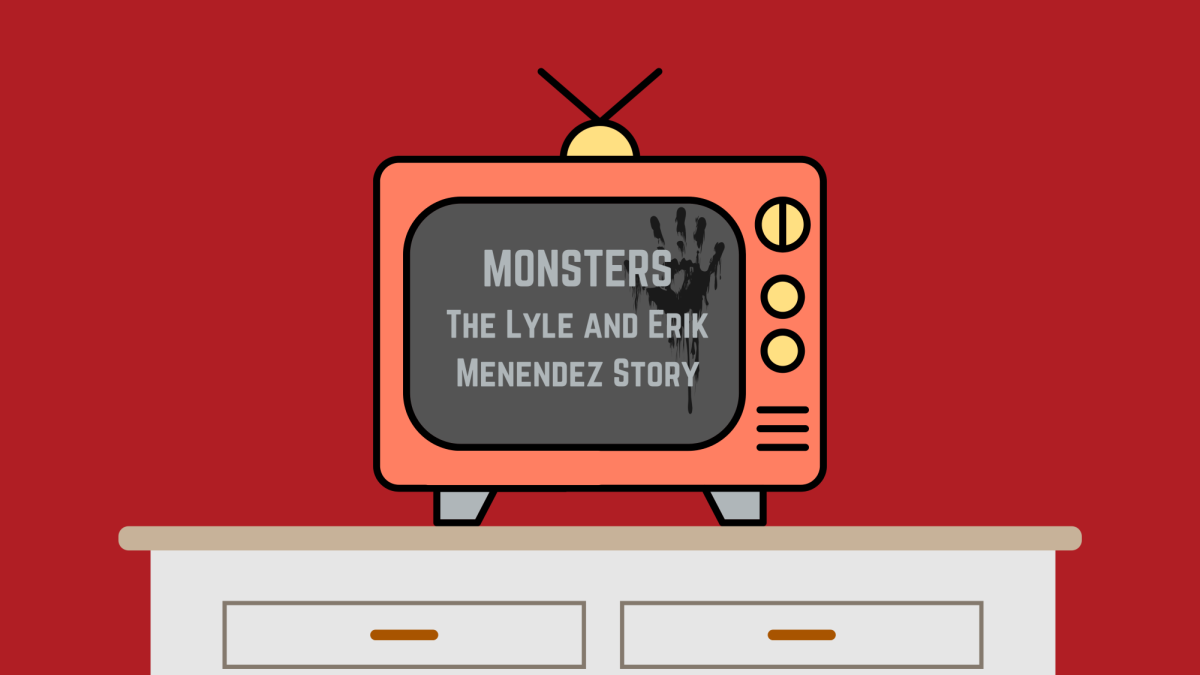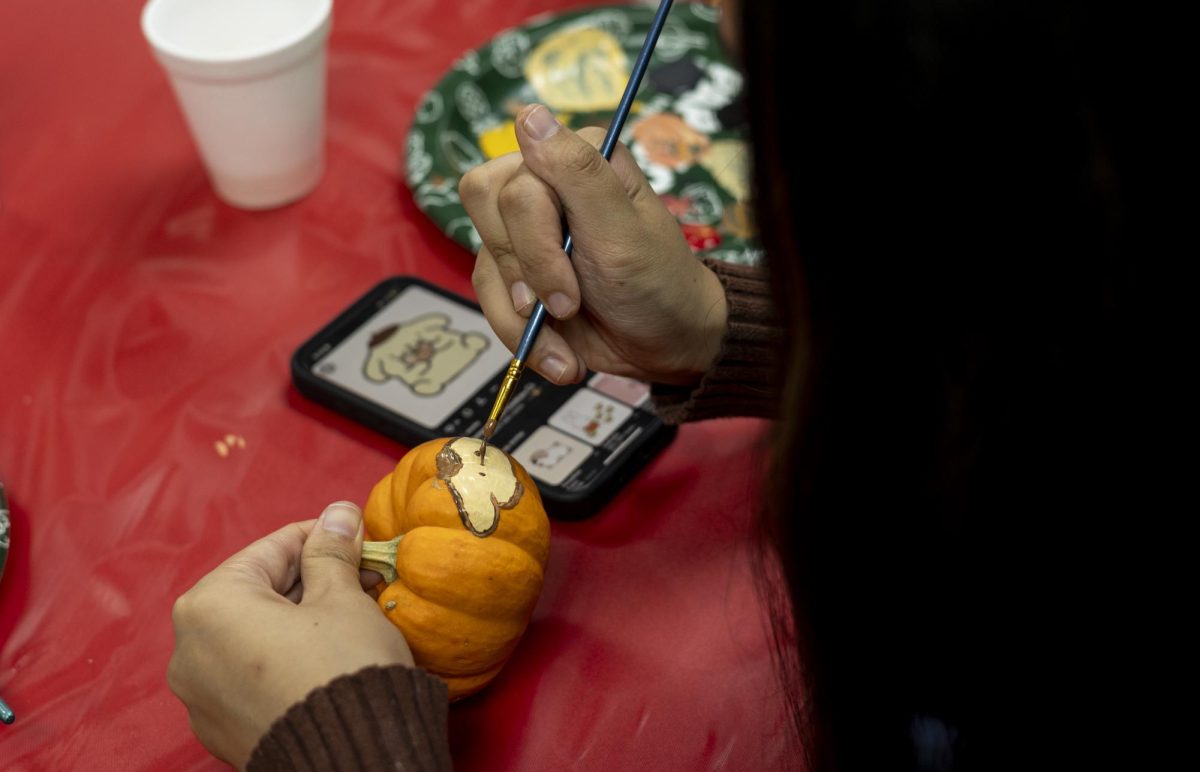Tom Hooper’s take on ‘Les Misérables’ is decidedly close, emotional and timeless
January 6, 2013
“Intimacy” seems to be the key word that director Tom Hooper (“The King’s Speech”) kept in mind when he was making “Les Misérables.” Most of the movie is filmed in extreme close-up, and if Hooper’s key word is intimacy, then his modus operandi is overwrought emotionality.
But hey, it really, really works.
Rather than blowing up Alan Boublil and Claude-Michel Schönberg’s musical (which is based on Victor Hugo’s 1862 novel) during its transposition to the big screen, Hooper keeps almost every element of his film small and extremely tight. Sometimes the camera is so close that it seems Hooper may hit his actors in the face. He pigeonholes a large scale story into one that is decidedly close, emotional, and small.
It’s a strategy that works well. Rather than getting bogged down by trying to recreate every instance and song of the musical (or the 1100-plus pages of Hugo’s novel), Hooper strips everything down so it is all emotion and feeling. This emotion and feeling is what makes the musical and book timeless, and it is what will make Hooper’s film stand the test of time as well.
The film also benefits from the dynamic cast that Hooper has assembled.
Anne Hathaway is absolutely heart-wrenching as the fallen Fantine. There has been a lot of talk about her being the frontrunner for the Supporting Actress Oscar this year, and now that I have seen the movie, I can say that she more than likely has it in the bag. Her version of the musical’s famous “I Dreamed a Dream” is a true show-stopper, and she is chill-inducing.
Hugh Jackman is sturdy as the noble Jean Valjean, and Russell Crowe, dressed in J. Crew’s 19th century collection, is surprisingly good as Inspector Javert, who has made it his life’s mission to track down Valjean. Crowe’s singing voice is not technically the strongest in the film, but it actually works within the context of the film: Javert is a character that is truly all work and no play, so perhaps he should not be as good a singer as everybody else.
Helena Bonham Carter and Sacha Baron Cohen play Madame and Monsieur Thénardier, who serve as the two spots of comic relief in a movie that is literally about human misery. While they are basically carried over from their roles in Tim Burton’s “Sweeney Todd: The Demon Barber of Fleet Street,” the two are fantastic. Their rendition of “Master of the House” is understatedly hilarious.
The younger segment of Hooper’s cast acquits themselves remarkably as well. Eddie Redmayne and Amanda Seyfried (yes, Karen from “Mean Girls”) play Marius and Cosette, star-crossed lovers caught up in a schoolboys’ revolution. While their storyline is vanilla by nature, the two do it justice.
Samantha Barks and Aaron Tveit portray Éponine and Enjolras. Both are trained singers and have the best voices in the movie. Tveit is the lion-like leader of the revolution, and Barks is the mistreated and jilted daughter of the Thénardiers.
This is Barks’ first major film role, and I doubt it will be her last. She is absolutely fantastic, and her rendition of “On My Own” is one of the best I have ever heard. She holds her own among the extremely-talented adult cast.
By focusing on the characters and their emotions, Hooper’s film works because it is all about what makes the musical and the book so timeless: it is not the plot or even the songs really, but its themes of love, kindness and redemption. You will still have the songs stuck in your head for weeks, however.
Anyone with a heart and even a slight tolerance for musicals will find themselves tearing up at this film. It’s a heartbreaker and a sinus-clearer, but definitely in a good way.














